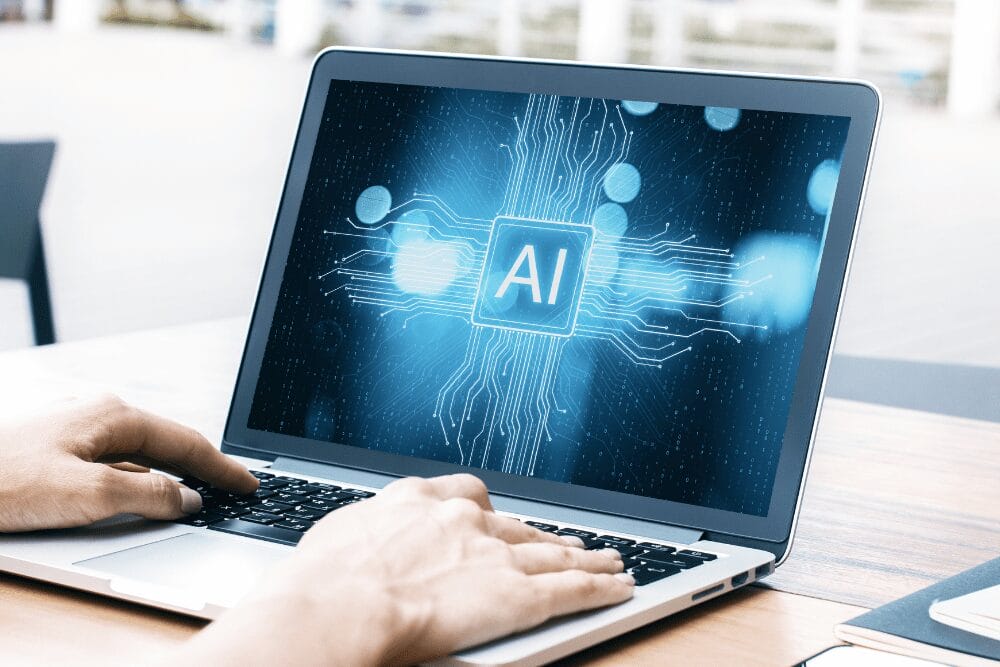Artificial intelligence has been part of healthcare’s story for a long time. Early experiments in the 1970s focused on rule-based systems meant to mimic human reasoning, but the technology was limited. Over the years, AI has shown flashes of promise, yet most applications have stayed tucked away in research labs or back-office functions.
What’s different now is reach. With advances in machine learning, natural language processing, and generative AI, these tools have finally matured into practical solutions that can reduce administrative burdens, surface critical insights, and make care more personal. Instead of being confined to the background, AI is touching the day-to-day work of clinicians and the experiences of patients.
But there’s the truth — AI isn’t about replacing people. It’s about helping providers do what they entered medicine to do: take care of patients.
Reducing burnout and restoring focus
Burnout is one of the most pressing issues in healthcare today. Physicians and nurses often spend more hours on charting, documentation, and administrative tasks than on direct patient care. That imbalance not only drains energy but can also impact the quality of care patients receive.
AI can help restore focus where it belongs. Voice-enabled transaction systems can generate accurate clinical notes in real time. Natural language processing can simplify documentation. Smart scheduling assistants can cut through bottlenecks that keep providers working long after shifts end. These solutions don’t just save time — they give clinicians back the space to connect with patients.
Shifting from reaction to prevention
Too often, the healthcare system is forced into reactive mode, treating crises that could have been avoided. AI has the power to change that.
By surfacing the right data at the right time, AI allows it to intervene earlier. Predictive models can flag patients at risk of deterioration. Automated follow-up systems keep chronic conditions from slipping through the cracks. Personalized care plans can be built on a patient’s complete medical history, making care both proactive and tailored. Prevention doesn’t just save money; it saves lives.
Making healthcare easier to navigate
Patients often face their biggest obstacles before they even step into the exam room. Confusing paperwork, long call queues, and missed appointments create frustration and disrupt continuity of care.
AI can ease that burden. Virtual assistants can schedule visits and send reminders. Automated intake forms can reduce the time spent in waiting rooms. Personalized instructions after appointments can improve follow-through. When healthcare becomes easier to navigate, patients show up prepared and engaged, while staff spend less time chasing confirmations. Everyone benefits.
Trust, transparency, and adoption
The success of AI in healthcare depends on more than technical capability; it depends on trust. If clinicians feel a tool slows them down or even creates more work, it will be abandoned. If patients don’t understand how AI fits into their care, skepticism will grow.
That’s why adoption must start with clinicians, not just IT departments or executives. Tools need to be piloted with frontline teams, refined through feedback, and measured by the time they return to care. Transparency about how algorithms inform decisions is also essential, especially when dealing with sensitive diagnoses or life-critical scenarios. AI only works when it supports, rather than disrupts, the human foundation of healthcare.
Starting small, building momentum
Healthcare leaders don’t need a massive overhaul to begin. In fact, the best results often come from small, targeted deployments.
Start with a short time audit to see where hours are being lost. Identify a single pain point (intake paperwork, charting, call triage, etc.) and test an AI solution. Pilot it with one team, measure results, and expand gradually. Success builds on momentum, not complexity.
Looking ahead
AI’s influence on healthcare isn’t only going to expand; it’s going to improve lives for both healthcare professionals and patients. But the real measure of success won’t be how advanced the technology looks on paper. It will be about how much better patient care becomes, and how much time and energy providers regain.
AI should be seen as a partner, not a replacement. Its role is to reduce burnout, improve efficiency, and make prevention possible. Most importantly, it should help healthcare professionals do what they’ve always wanted to do: focus on people.
When implemented with purpose and empathy, AI has the power to reshape healthcare for the better.

Chris Hutchins
Chris Hutchins is Founder & CEO of Hutchins Data Strategy Consultants.







